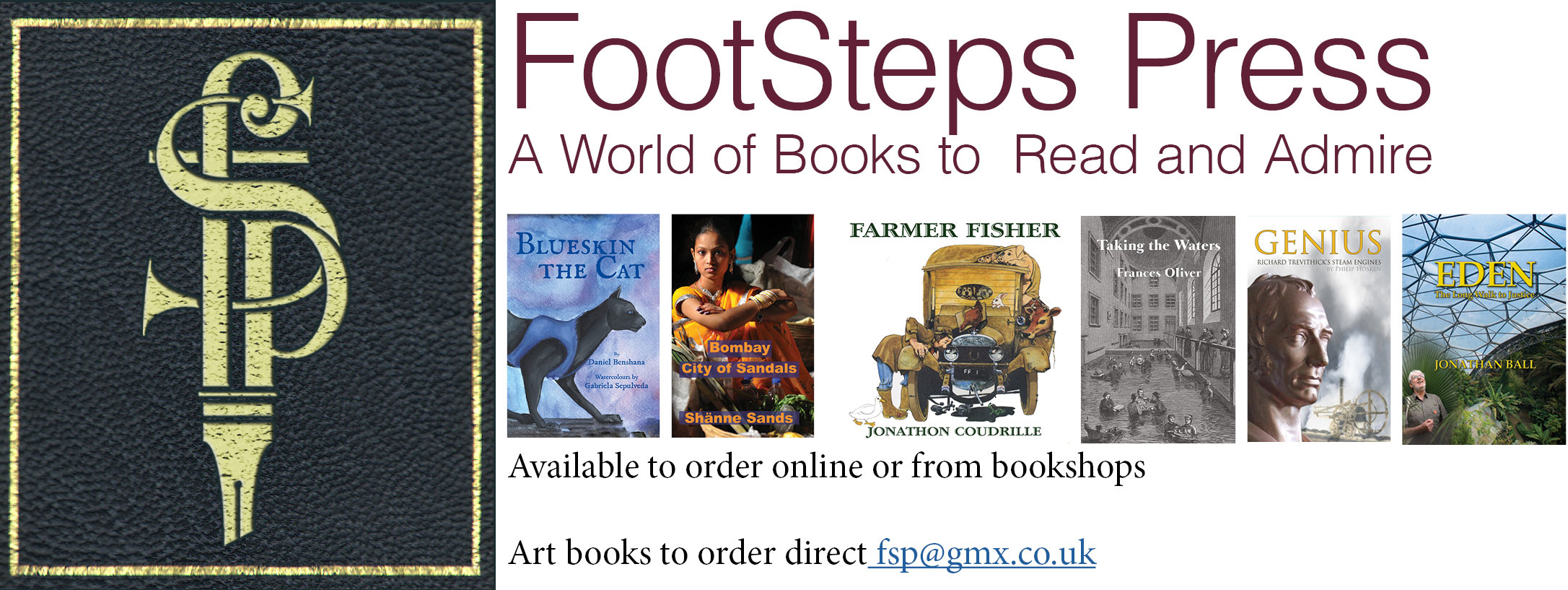Bombay City of Sandals

Bombay City of Sandals
Poetic travel writing. A smattering of history and culture. People’s lives observed from far and near. Homes and families explored from within and without. All these make up Shänne Sands’s Bombay-A City of Sandals. I didn’t have to move beyond the first few lines of the book to guess that the author must be a poet. And, I was right! A student of English drama and literature, Sands is a poet and writer, now based in the U.K.
Part-memoir, part-travel is what I’d call her book, published first in 1982. Yes, there are some things that, seen through the eyes of the Indian living in India, seem to be condescending in the book. But we can’t really blame the westerners for using that tone in literature – especially because some events, rituals and cultural norms are beyond their understanding. Even something as normal as seeing scores of cows on roadsides and streets, for us, is unnerving for a westerner who’s not used to it. Apart from that, this book is one of the best travel books I’ve read.
In a manner only a poet could, Sands recreates Bombay in our eyes and minds by using sensory, visual and audio words, helping the image to stay, much after you’ve finished the book.
Saris twirl past old, narrow streets. Streets alive with cockroaches and huge black rats that procreate themselves almost as fast as the swarming flies around the heaps of stale dung, left in odd corners. …After the rains, when the streets are still moist, images of Ganesa made of clay and brightly painted are paraded through the streets. It is a laughing, happy festival and the Great Mother still sprouts fresh green grass from the red earth.
Sands captures the lives of people from across castes, religions and ethnicity. People who were born in Bombay and those who made it their home much late in life. She talks about the lively Hindu festivals, ornate Muslim palaces, Parsi houses and cuisine, Anglo Indian men and women, Jesuit priests, tribal women, fakirs and monks, village folk, prostitutes, dabha-wallahs, street urchins, and more. Her first wedding to a rich Parsi, and then her travel by ship to U.K. and back, and then another wedding in Bombay… all make for great reading. There are so many details that come through in her work that even people who’ve been living in Bombay for years will be surprised to come across.
Once more the fishing dhows with bright red sails dot the Arabian Sea like sea flowering poinsettias… city of marigold, city of sunsets, of servants’ gossip and annual rains. Of paan eating and betel nut spitting peoples… of reclaimed muddy islands, of funeral pyres, and glossy expensive hotels.
The author is truly enchanted with Bombay, with India, and promises to return to the loving embrace of the Great Amma.
Indian Book Reviews





